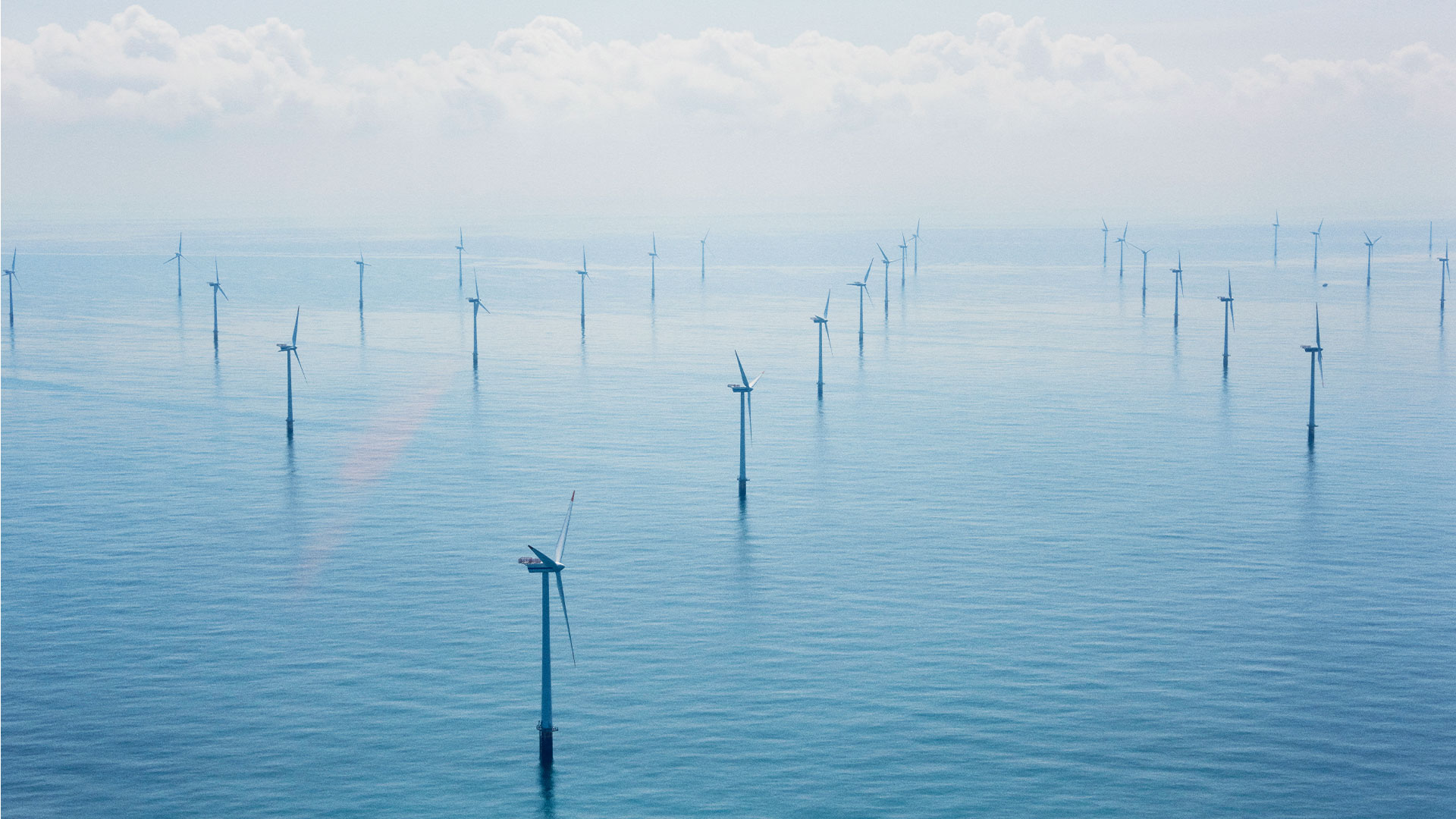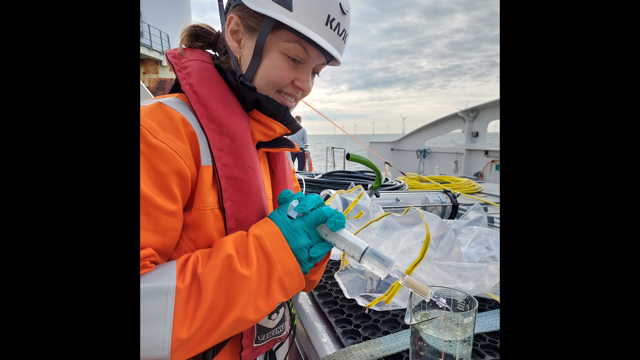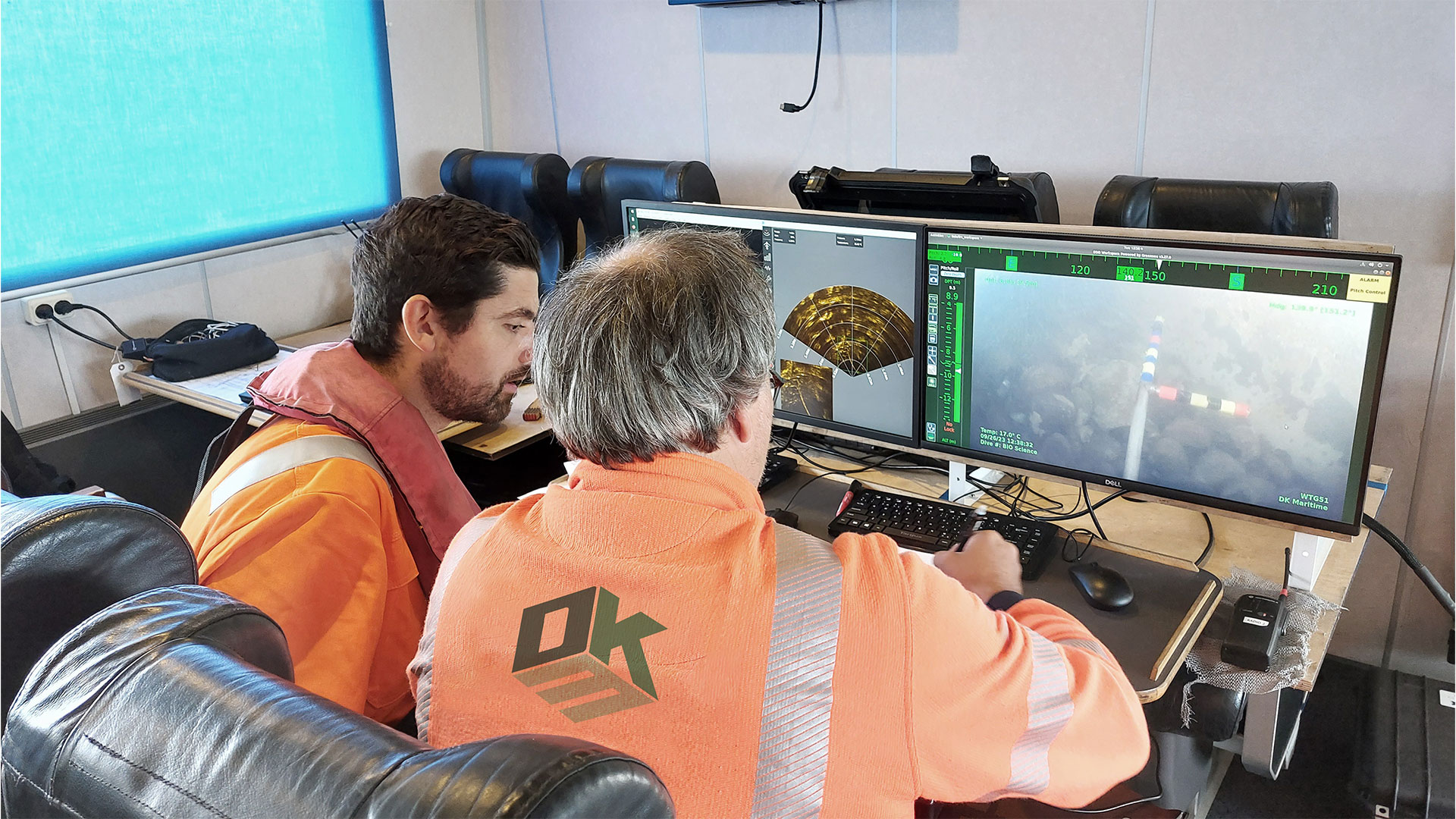Knowledge of cause and effect
The PhD project aims to not only help solve the short-term challenge of decommissioning. The goal of Liv Kristensen Stranddorf’s research is also to build knowledge that will make it possible to better include marine biodiversity in life cycle assessments—even before wind turbines are erected in the future.
A life cycle assessment (LCA) is a method for mapping out how a product or system will affect the environment, health and climate, from cradle to grave. By comparing LCAs for various alternatives, one can identify the alternative with the mildest impact.
However, traditional methods for preparing LCAs simply do not take all impacts on biodiversity into account, according to Stig Irving Olsen, Associate Professor at DTU. While they do look at how many lost species the use of harmful substances can lead to, they do not adequately consider how a wide range of other human activities affect biodiversity—positively or negatively.
“If we look at the marine environment in general, we need to identify which other human activities can cause biodiversity changes. If we know the cause-effect chains, we can say, for example, that if you sail this type of boat at this speed, the noise it generates will scare these species away,” explains Stig Irving Olsen.
These are precisely the kinds of causal relationships that the PhD project will help identify—such as in relation to the underwater noise that occurs in the process of removing the wind turbines, or the disposal of man-made habitats such as wind turbine foundations.
The current methods also generally fail to take into account the complexity of biodiversity, e.g. what species are disappearing or increasing as a consequence of human behaviour, notes Stig Irving Olsen: “Are they rare species—ones we want to keep? Or are they invasive species that we’d rather do without?” It is important to be able to draw on such knowledge in an LCA, in order to get a complete picture of a product or system, emphasizes the associate professor.
Robust conversion key
In order to put the impact on biodiversity into a formula, you need to develop a conversion key - or characterization factor as specialists would call it. This makes it possible to compare the severity of various impacts on biodiversity, explains Stig Irving Olsen.
Probably the most well-known characterization factor in relation to LCAs is used in relation to climate change, where CO2 equivalents are used. According to this conversion key, the emission of one kilo of methane corresponds to 28 kilos of CO2, while the figure for nitrous oxide is 273 kilos of CO2.
A similar characterization factor for biodiversity will make it possible to develop LCAs that more adequately take into account the effects of different impacts, says the associate professor. A commonly used conversion key is potentially lost species per m3 per year. By linking various human activities to this conversion key, it will be possible, for example, to quantify the impact of underwater noise on the number of potentially lost species.
New approach
Liv Kristensen Stranddorf hopes that her work can help break with the common perception that people who make use of nature should leave it as they found it. If the seabed was in poor condition in places where wind turbines were erected before they were built, due to many years of human activities, then it might make more sense to leave at least some of the foundations behind as habitats—for desirable species that is.
WWF uses the term ‘nature positive’ to refer to approaches where biodiversity is increased, and the Earth’s resilience is improved through human initiatives.
"After many years of disturbing the sea and the seabed through activities such as bottom trawling and stone extraction, thereby removing or destroying many habitats, it is important that we now consider how our activities can cause the least possible disruption, or even improve conditions for biodiversity in the sea,” says Liv Kristensen Stranddorf.


